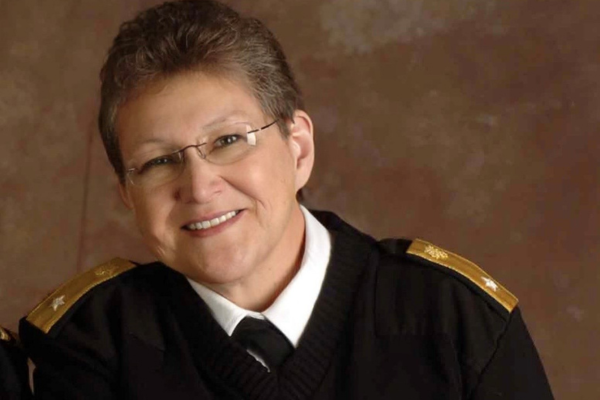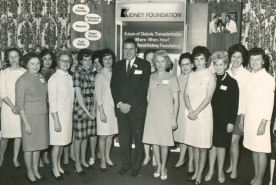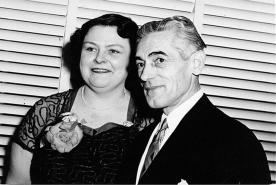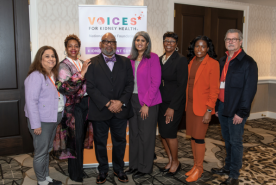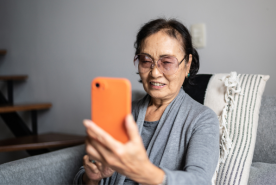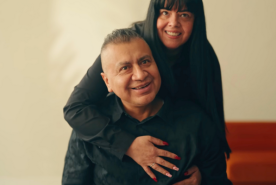November 11, 2025
Photo Credit: Dartmouth Geisel School of Medicine
When a high school counselor told Dr. Sara K. Dye she wasn’t smart enough to be a doctor, she decided to prove him wrong—and she did. Dr. Dye became the 16th Native American surgeon and one of the few Native American women in her generation to practice medicine in the United States. Her determination helped open doors for future Native American physicians while improving diabetes and kidney care in her community.
From Determined Student to Doctor
Born in 1945, Dr. Dye is a citizen of the Sac and Fox Nation and has Absentee Shawnee ancestry. Despite losing her mother at 13 and having a congenital eye issue that made learning challenging, Dr. Dye was a bright and determined child.
“My high school mentor was a biology teacher who understood the struggles I faced each day at home,” Dr. Dye said. “He always encouraged me to push a little harder and to learn a little more.”
Dr. Dye put this advice to use. Instead of going straight to medical school, she first became a radiologic technologist.
“I graduated with the highest grade on my radiologic technologist certification exam,” she said. “This gave me the confidence I needed to pursue my dream of becoming a doctor.”
Dr. Dye went on to earn a bachelor’s degree in pre-medicine from Northeastern State University in Oklahoma and later attended Dartmouth Medical School. In 1983, she completed her surgical residency at Dartmouth-Hitchcock Medical Center, guided by a mentor who taught her how to navigate medical politics without compromising her values.
Join the NKF Blog Newsletter
Get Support, Delivered Monthly
Get monthly inspirational stories, practical insights, and expert advice to manage your kidney health at any stage.
A Career of Service
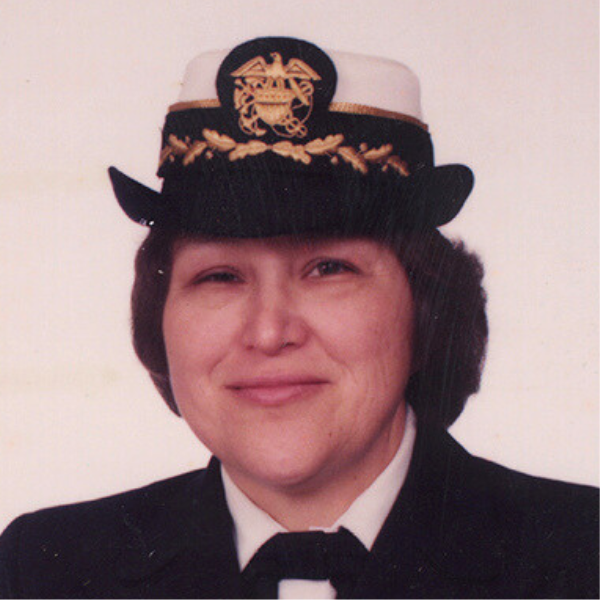
Photo Credit: National Library of Medicine
After completing her training, Dr. Dye returned to Oklahoma to work with the Indian Health Service (IHS).
Dr. Dye saw how health disparities affected patients who identify as Native American. Determined to make a difference, she helped open IHS’s first noninvasive vascular laboratory—a major milestone in preventive care for people with diabetes, one of the leading causes of kidney disease. The lab allowed doctors to detect and treat blood flow problems early. This reduced amputations and complications from diabetes.
Her leadership soon led to new opportunities. In 1994, Dr. Dye became Chief Medical Officer for the Aberdeen Area Indian Health Service in South Dakota. She also continued her hands-on work as a consulting surgeon for the Cheyenne River Indian Hospital.
Dr. Dye’s passion for service didn’t stop at the hospital door. She went on to teach as an assistant professor of family medicine at the University of South Dakota and as an adjunct professor at the University of North Dakota School of Medicine. In these roles, she encouraged young doctors, especially Native American students, to believe they could achieve their dreams.
Impact on Kidney-Related Health
While Dr. Dye is not a kidney specialist, her work helped improve kidney health. Diabetes and vascular (blood vessel) disease are major risk factors for kidney failure. By helping patients manage their diabetes and detect circulation problems early, Dr. Dye’s work likely prevented many cases of kidney damage.
Her leadership also improved access to quality care for rural and Native American communities—places that often have fewer healthcare resources and face higher rates of diabetes and kidney disease. Through Dr. Dye’s guidance, hospitals serving these patients implemented new screening tools and raised the standard of care.
A Legacy of Care
Dr. Dye believes her own challenges have helped her inspire others.
“Overcoming obstacles to become a doctor has equipped me to encourage others who face similar barriers,” she said. “I have had the opportunity to serve on medical school admission boards and advocate for minority students. Now, as a physician executive, I can model strong leadership skills for minority females.”
By using her experiences to mentor and guide others, Dr. Dye continues to open doors for future generations of Native American physicians.
